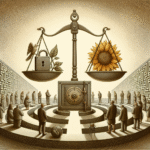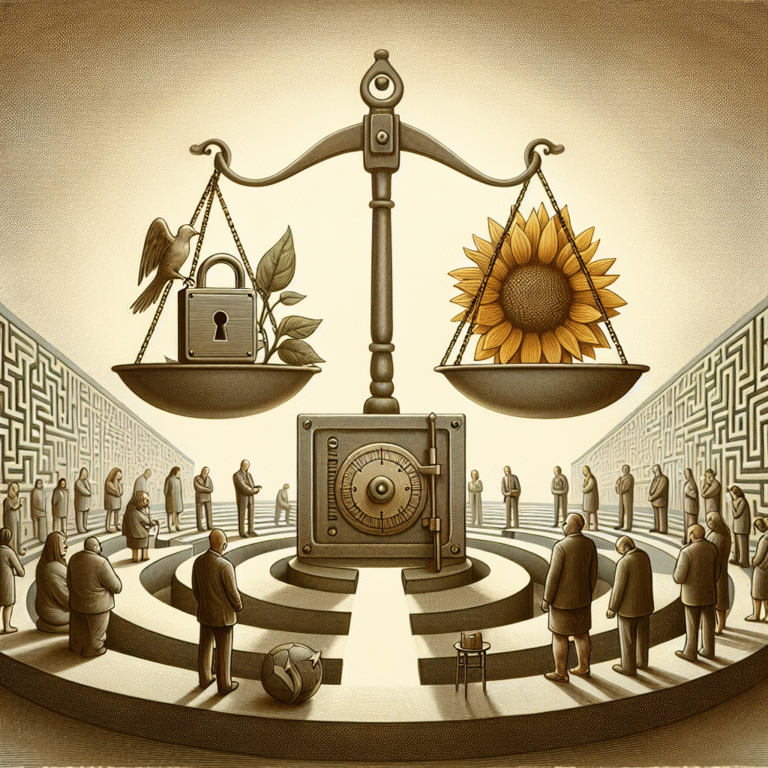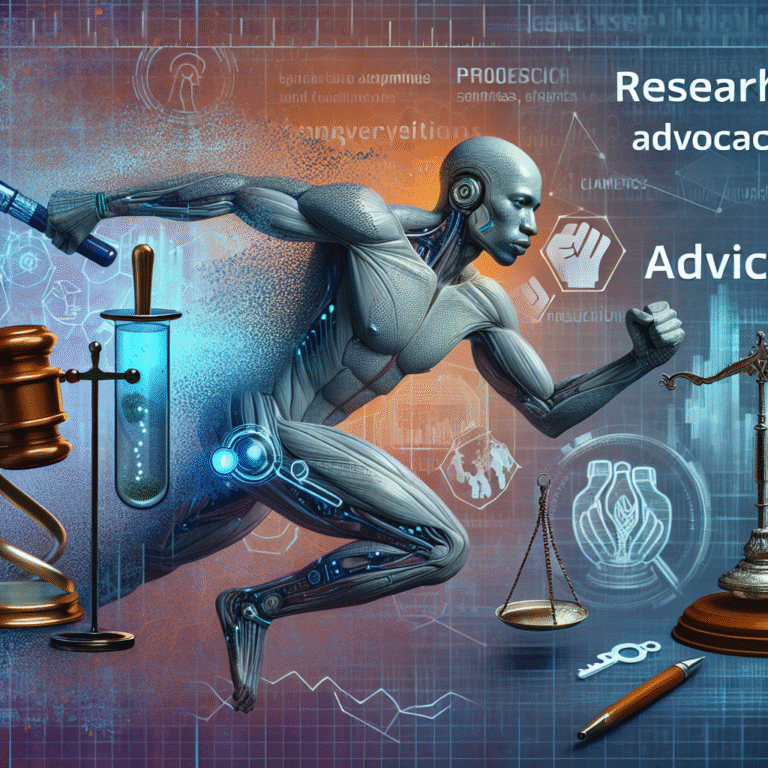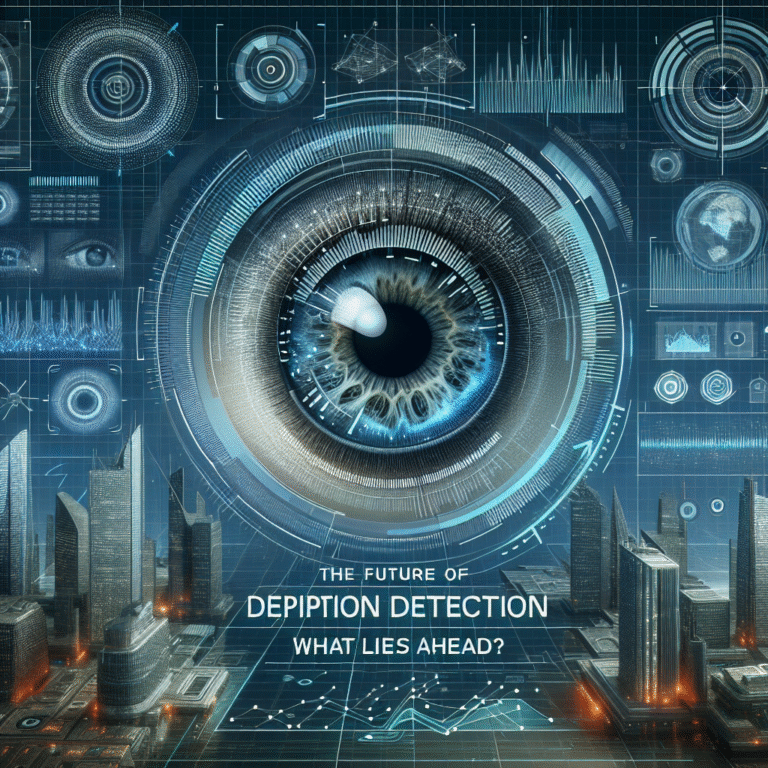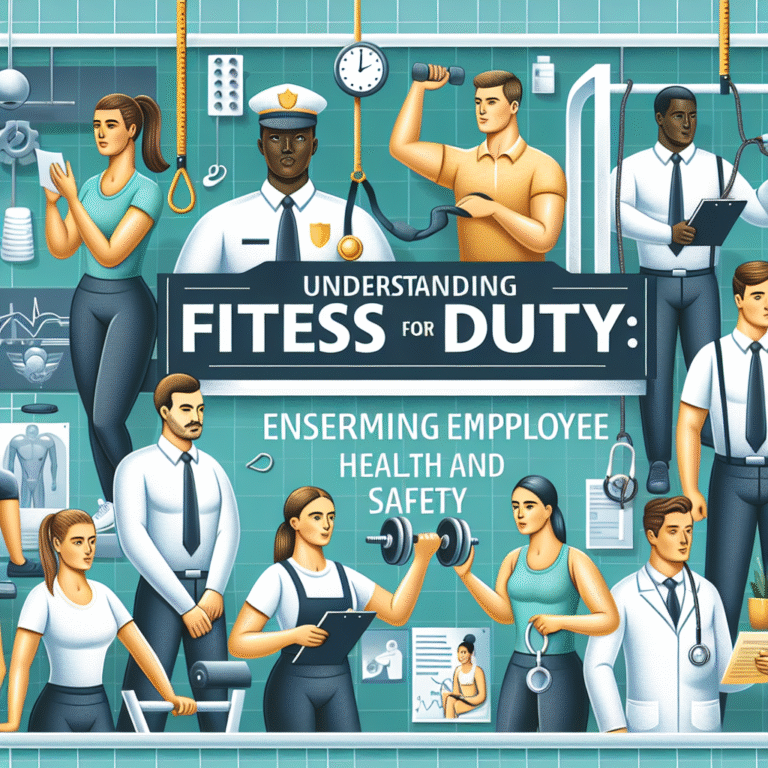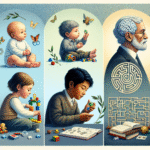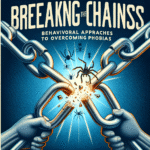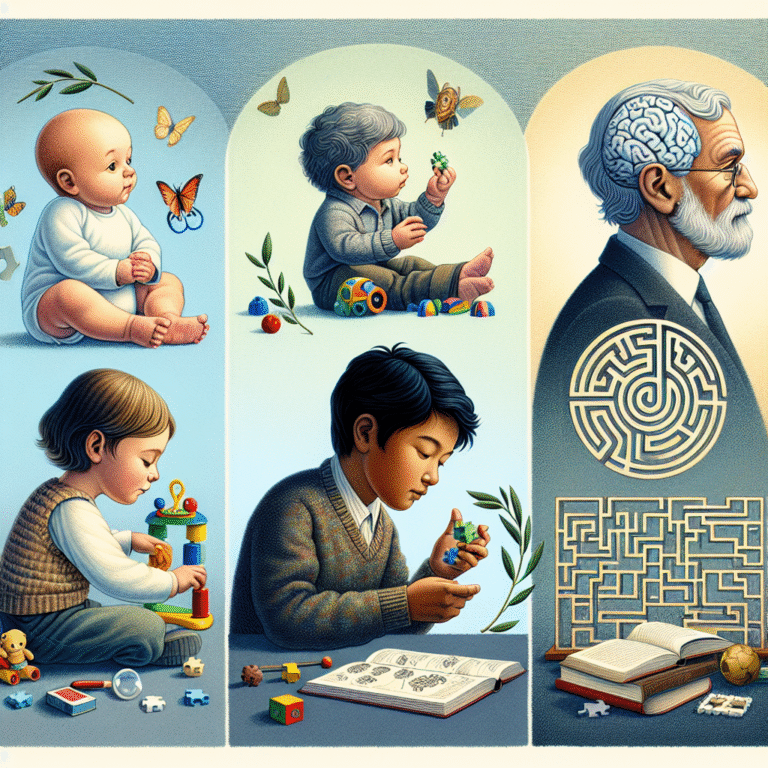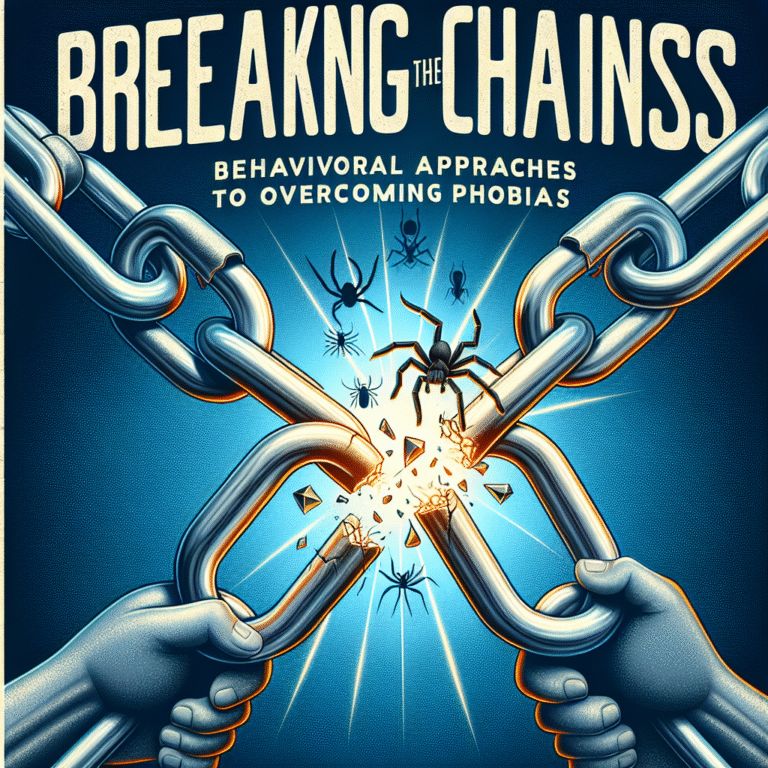Introduction
In a world overflowing with information, discerning the truth from illusion has become a formidable challenge. Investigative findings, whether in law enforcement, journalism, or science, often claim authority, aiming to uncover the reality of a situation. But what if those very findings are influenced by cognitive biases? From confirmation bias to the Dunning-Kruger effect, our innate cognitive shortcuts can drastically distort the conclusions we draw. This exploration of "Truth or Illusion? How Cognitive Bias Distorts Investigative Findings" unearths the hidden pitfalls and consequences of these biases, illustrating their profound impact on the conclusions we reach in our search for truth.
The Foundation of Cognitive Bias
What is Cognitive Bias?
Cognitive bias refers to systematic patterns of deviation from norm or rationality in judgment, whereby inferences about other people and situations may be drawn in an illogical fashion. These biases can lead to perceptual distortion, inaccurate judgment, faulty interpretation, or what could be termed "truth by illusion."
Types of Cognitive Bias
Here are some well-known cognitive biases that significantly affect investigative findings:
-
Confirmation Bias: This occurs when individuals favor information that confirms their pre-existing beliefs, ignoring contradictory data.
-
Anchoring Bias: The first piece of information encountered becomes the anchor for subsequent judgments, heavily influencing the decision-making process.
-
Availability Heuristic: Overvaluing information that is readily available or recent, which can skew perception and lead to poor conclusions.
-
Hindsight Bias: The inclination to see events as having been predictable after they have already occurred, often misrepresenting the decision-making process.
- Dunning-Kruger Effect: A cognitive bias where individuals with low ability at a task overestimate their ability, affecting their decisions or opinions.
Understanding these biases is essential in the context of investigating findings.
Case Study: The Challenger Disaster
Consider the 1986 Challenger disaster, where NASA’s engineers and decision-makers faced severe cognitive biases. Despite warnings about potential dangers, those involved anchored their decisions on the success of previous missions, leading to tragic outcomes. This exemplifies how cognitive bias can distort investigative findings and lead to catastrophic results. The engineers involved dismissed contradictory evidence, illustrating the powerful clutches of confirmation bias and anchoring bias in critical decision-making.
Investigative Techniques and the Influence of Cognitive Bias
The Role of Evidence Collection
In any investigation, the collection of evidence constitutes a fundamental step. However, biases can creep in during this initial phase. Investigators may subconsciously prioritize information that aligns with their hypotheses, leading to skewed findings.
Table 1: The Impact of Confirmation Bias on Evidence Collection
| Phase of Investigation | Description | Cognitive Bias Impact |
|---|---|---|
| Initial Hypothesis | A theory is proposed based on preliminary evidence. | Evidence favoring the hypothesis is prioritized. |
| Evidence Gathering | Data is collected from various sources. | Dismissal of conflicting evidence occurs. |
| Analysis | Evidence is analyzed to support the hypothesis. | Only confirming evidence is considered, leading to biased conclusions. |
Interview Techniques: How Bias Infiltrates
Interviews are often used in investigations to gather insights, but an interviewer’s cognitive biases can critically influence responses. For example, leading questions may inadvertently steer interviewees toward a specific answer, thereby compromising the integrity of the findings.
Case Study: The Treadway Commission
In an effort to enhance the integrity of financial reporting, the Treadway Commission found that cognitive biases—including the framing effect—were impacting corporate decision-making. The commission’s findings show the necessity of rigorous interview techniques to minimize bias, thereby preserving the quality of investigative findings.
The Consequences of Cognitive Bias in Investigative Findings
Wrongful Convictions
One of the most significant consequences of cognitive bias is the risk of wrongful convictions, particularly in criminal justice. Cognitive biases can skew evidence interpretation, leading juries to faulty conclusions. The case of the West Memphis Three illustrates this issue. The conviction of three teenagers was heavily influenced by community biases and societal narratives rather than concrete evidence.
Misinformation in Journalism
In journalism, cognitive bias can create a feedback loop of misinformation. A journalist may choose to highlight certain aspects of a story, reinforcing existing narratives, while neglecting critical countervailing evidence. This perpetuates misconceptions, demonstrating the need for a more balanced approach in reporting.
Infographics: The Cycle of Misinformation
Here’s a simplified infographic depicting how cognitive biases lead to misinformation in journalism, illustrating the trajectory from biased reporting to public perception and back to affected investigative findings.
Techniques to Mitigate Cognitive Bias
Awareness and Training
The first step to mitigating cognitive bias is through awareness. Organizations should prioritize training programs that educate individuals about various types of cognitive biases and their effects on decision-making. Workshops can engage participants in recognizing their biases and adapting their processes accordingly.
Diverse Teams
Building diverse teams can help counteract cognitive bias. Different perspectives and experiences can challenge prevailing assumptions and mitigate bias in investigations and reporting.
Case Study: Boeing 737 Max
The tragic crashes of the Boeing 737 Max highlighted the perils of homogeneity in decision-making teams. A lack of diverse perspectives contributed to operational blind spots, showcasing the need for varied inputs to enhance investigative findings.
Implementation of Structured Analytic Techniques
Utilizing structured analytic techniques can promote critical thinking and minimize bias. These techniques involve predefined processes for analyzing data, ensuring objectivity and reducing the influence of individual biases.
Conclusion
In the pursuit of truth, cognitive biases can often lead us into the murky waters of illusion. "Truth or Illusion? How Cognitive Bias Distorts Investigative Findings" serves as a powerful reminder of the influence our minds have on our understanding of reality. By recognizing and addressing these biases, we can improve our investigative processes, leading to more accurate findings in journalism, law enforcement, and other fields.
Actionable Insights
-
Become Aware: Educate yourself and your team about cognitive biases and how they affect your work.
-
Challenge Assumptions: Adopt a culture of questioning within your team—encourage dissent and diverse opinions.
- Standardize Procedures: Implement structured, bias-reducing procedures for evidence collection and analysis.
By acknowledging the role that cognitive biases play in shaping our perceptions, we can forge a path toward more accurate, reliable, and just investigative outcomes.
FAQs
1. What is the main effect of cognitive bias on investigations?
Cognitive bias can distort evidence interpretation, leading to flawed conclusions and decisions, which can have serious repercussions.
2. How can cognitive bias lead to wrongful convictions?
Biases can affect jurors’ interpretations of evidence, leading them to make decisions based more on emotion than fact, resulting in potentially wrongful outcomes.
3. Are all cognitive biases negative?
While many biases can distort reality, some can be beneficial in quick decision-making or when immediate responses are essential. Awareness is key to distinguishing between helpful and harmful biases.
4. Can cognitive biases be eliminated completely?
While it’s unlikely that biases can be fully eliminated, they can be significantly mitigated through education, training, and structured decision-making techniques.
5. What role does diversity play in mitigating cognitive bias?
Diverse teams can provide varied perspectives, challenge prevailing assumptions, and reduce the likelihood of biases dominating decision-making processes.
This article serves as a comprehensive guide to understanding how cognitive bias distorts investigative findings, offering insights, practical techniques, and significant case studies that emphasize the importance of awareness and strategic action in the pursuit of truth.
